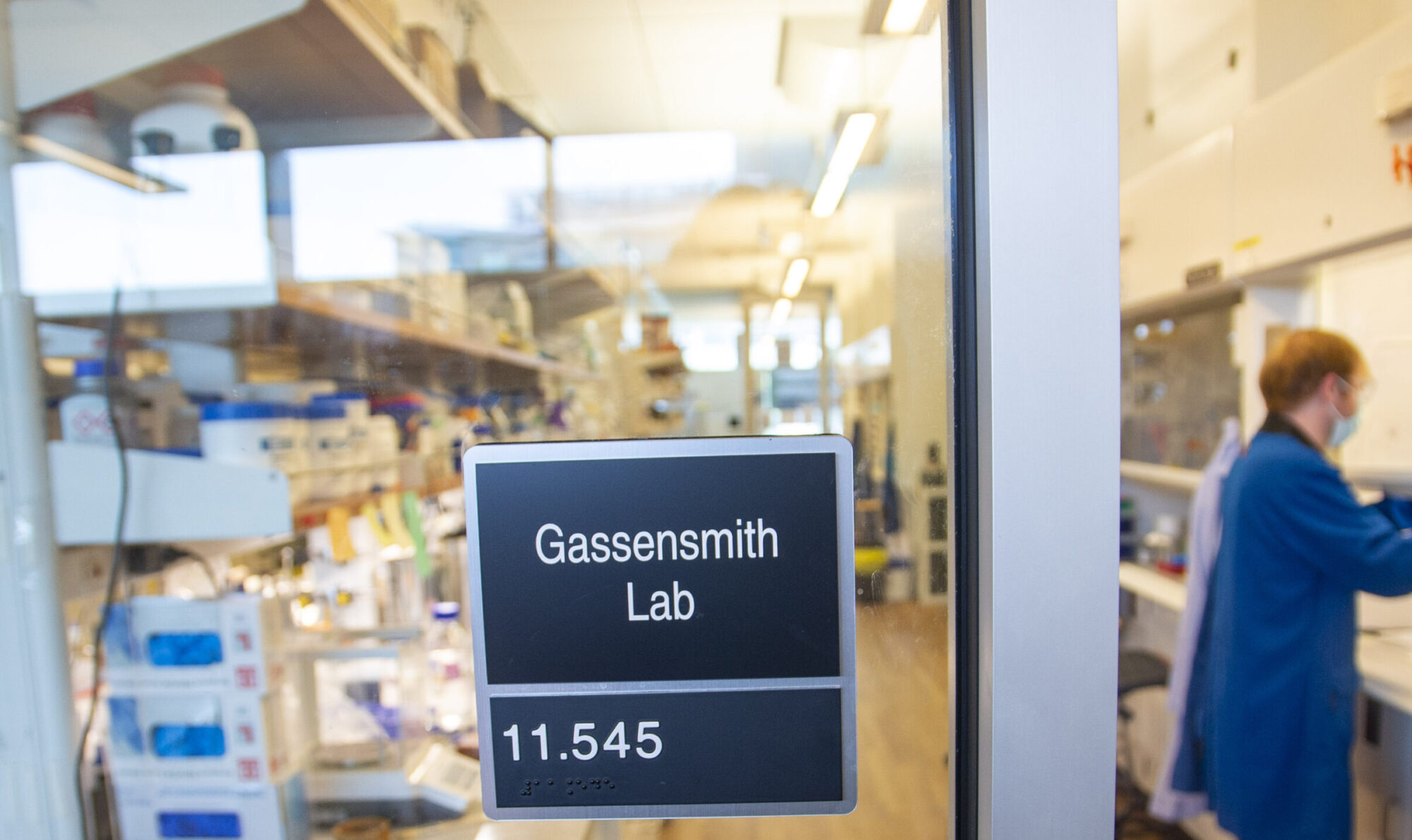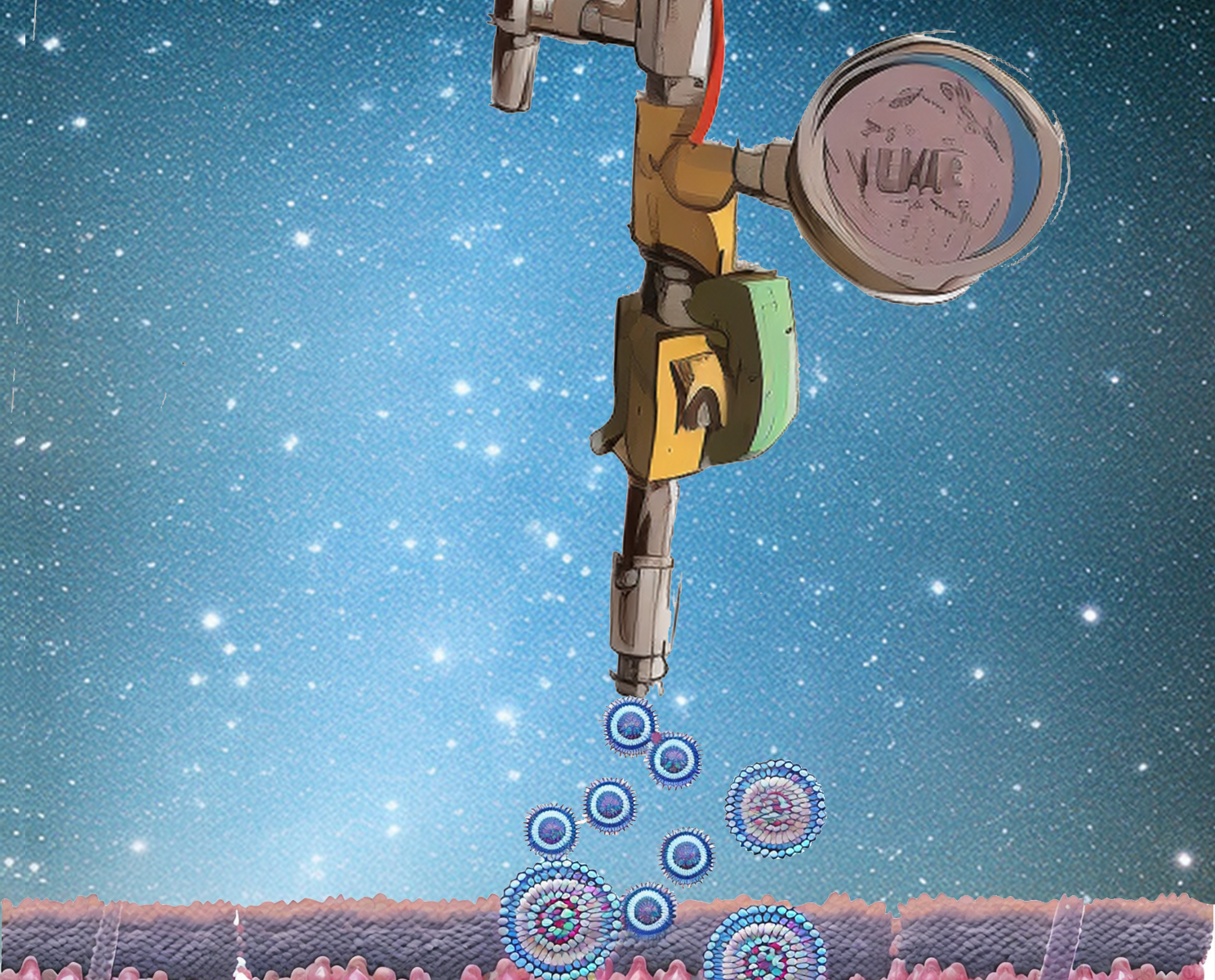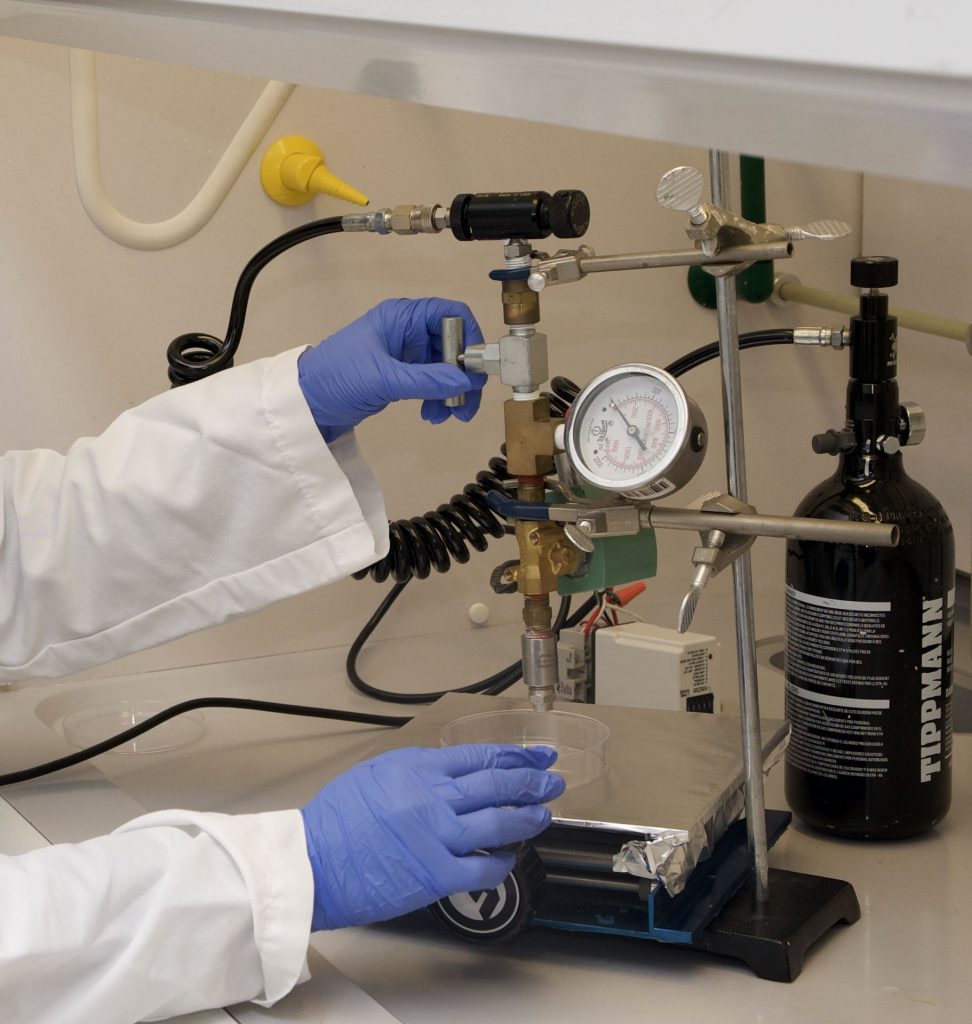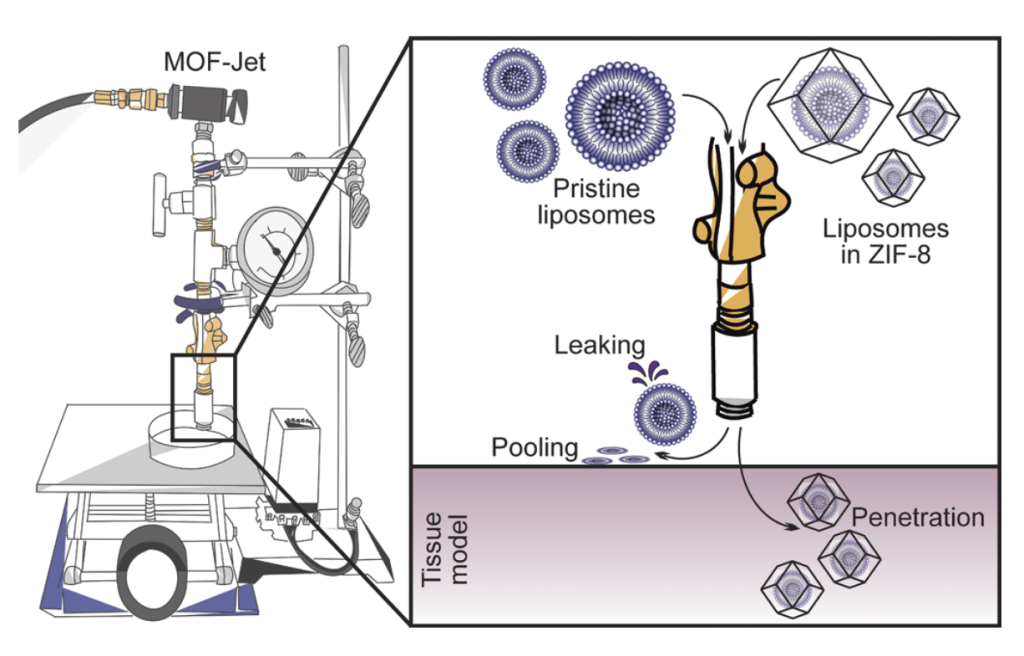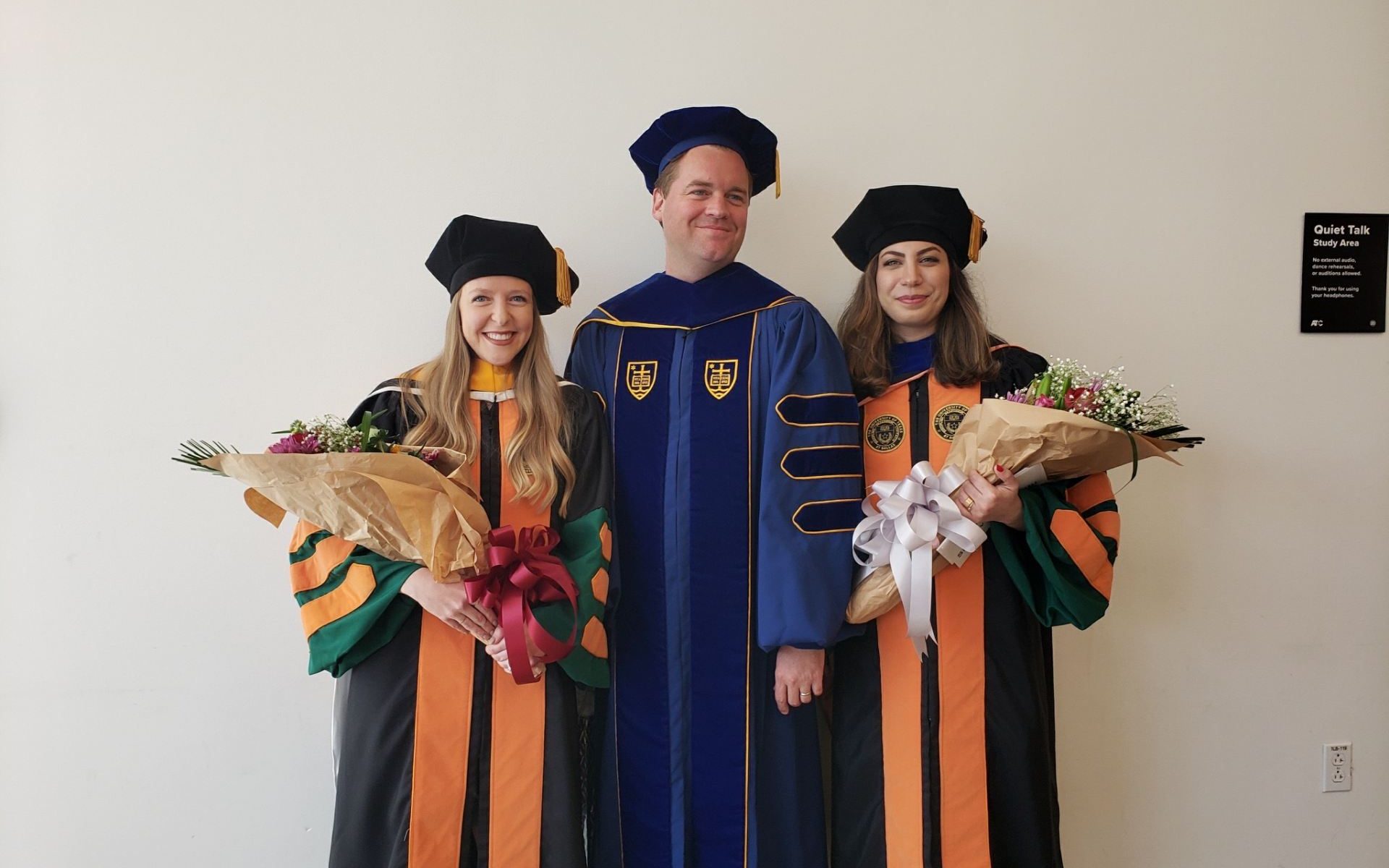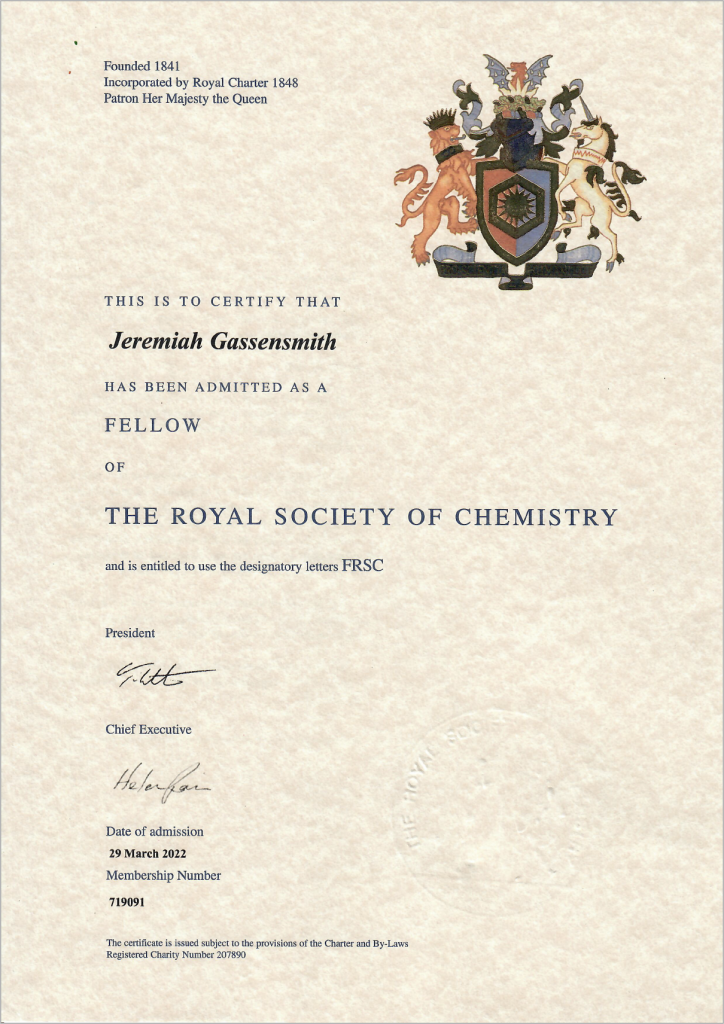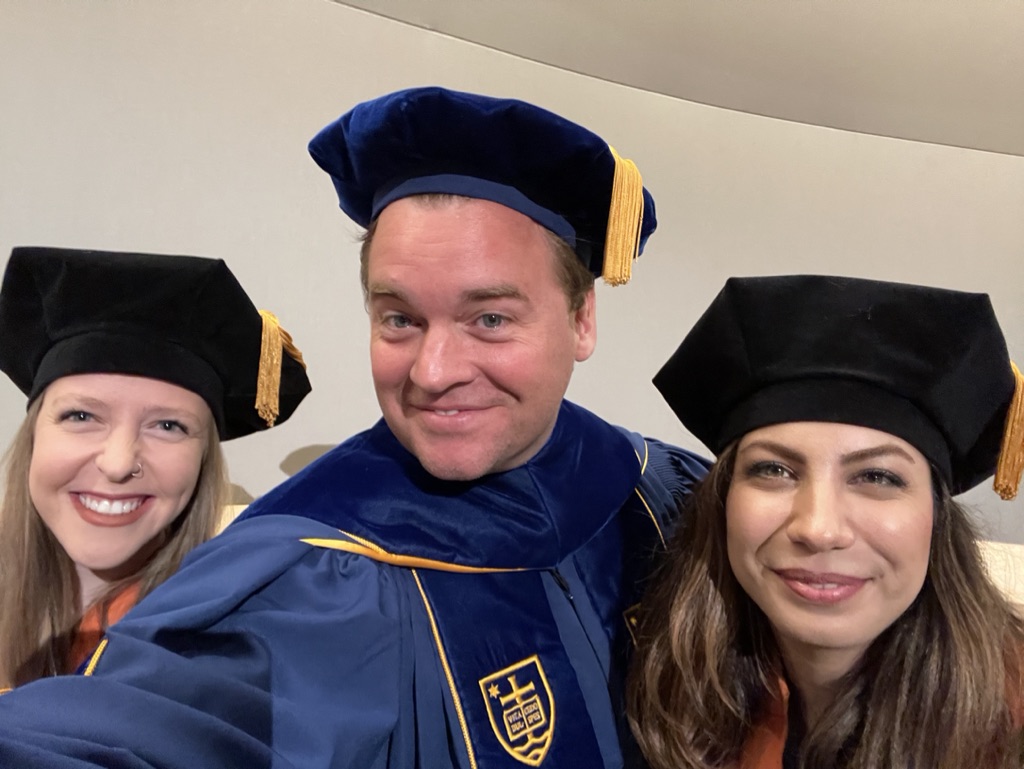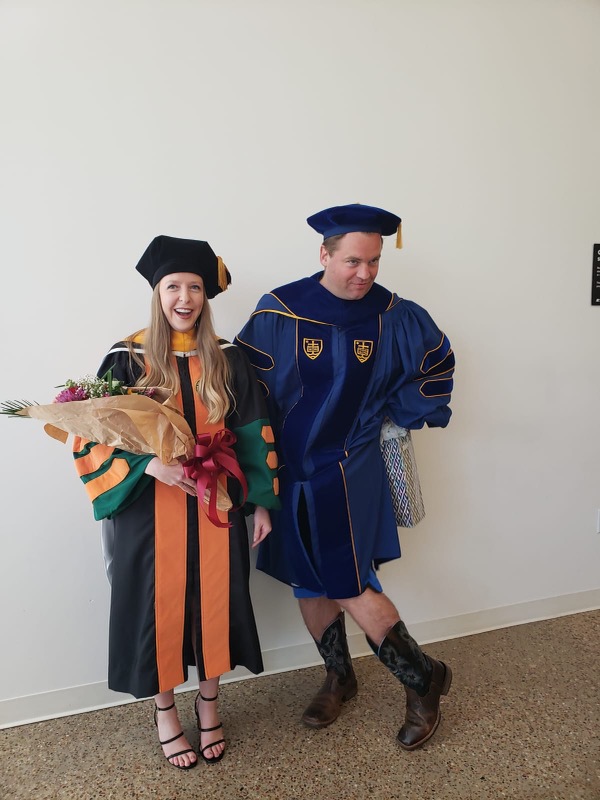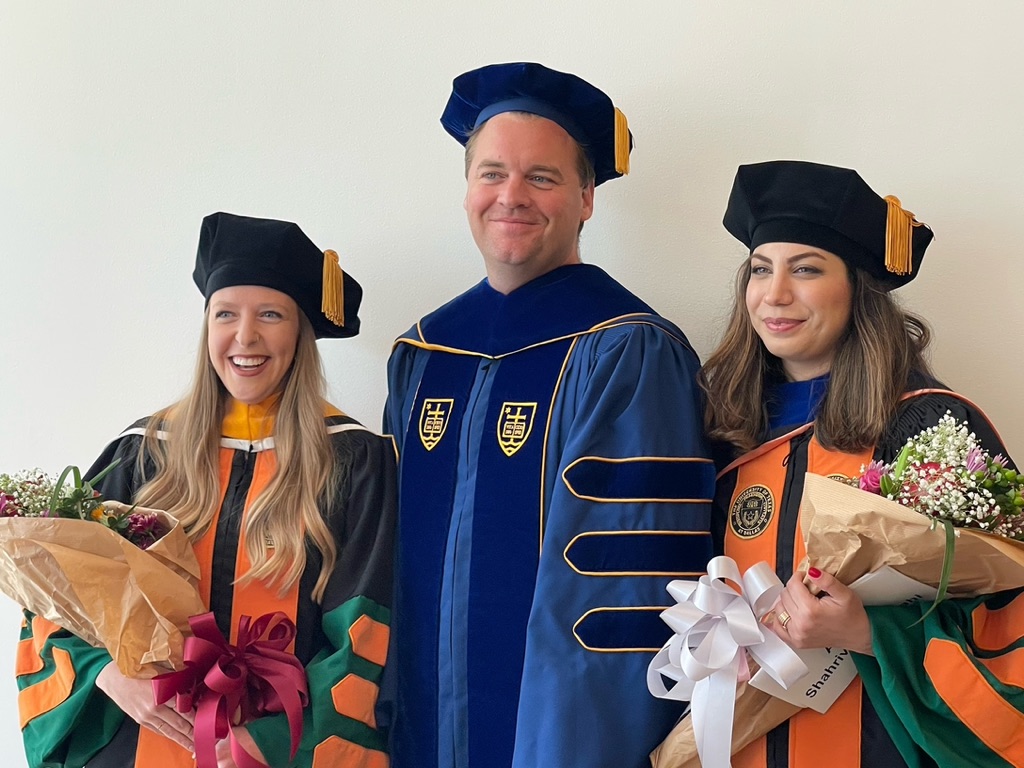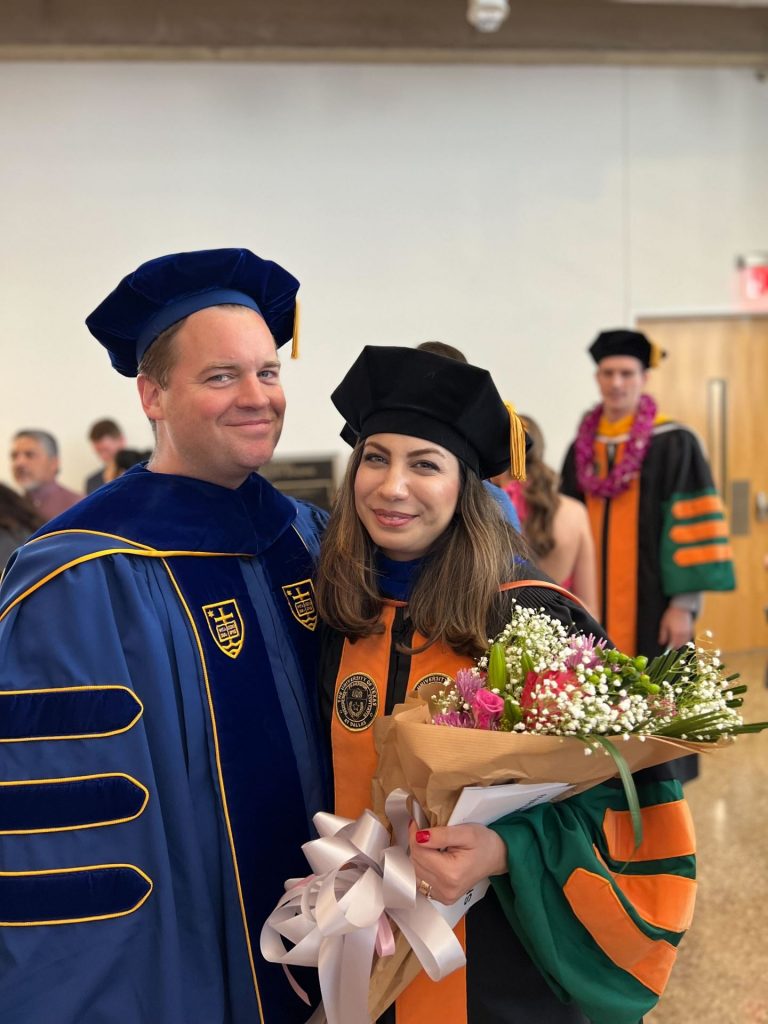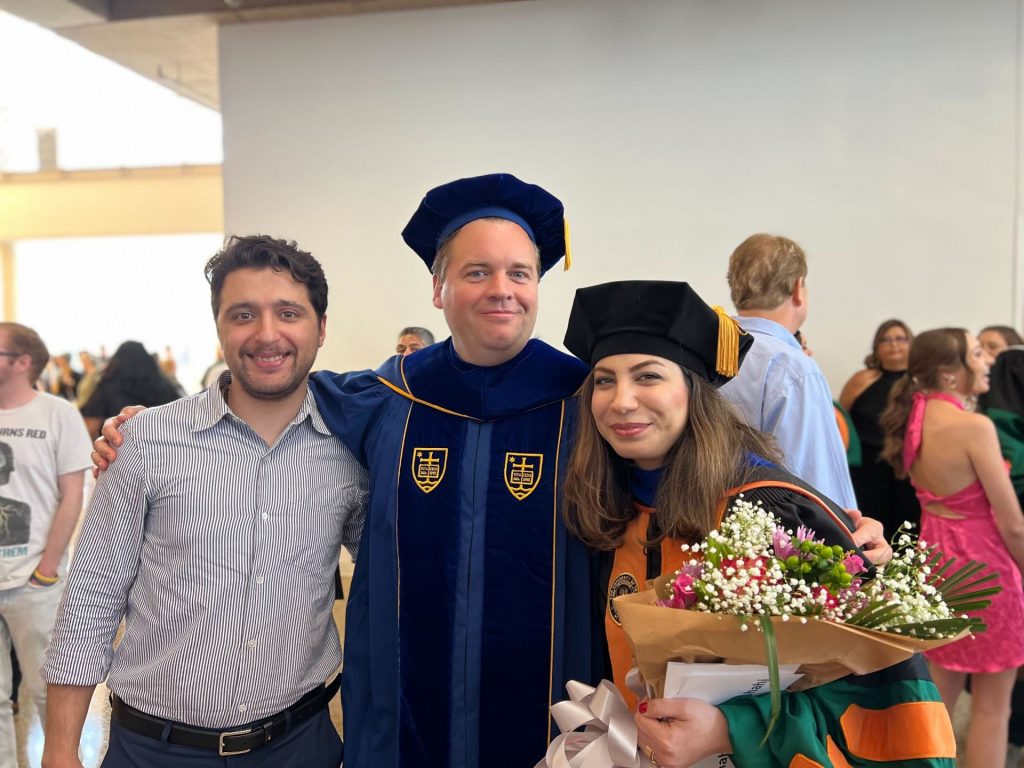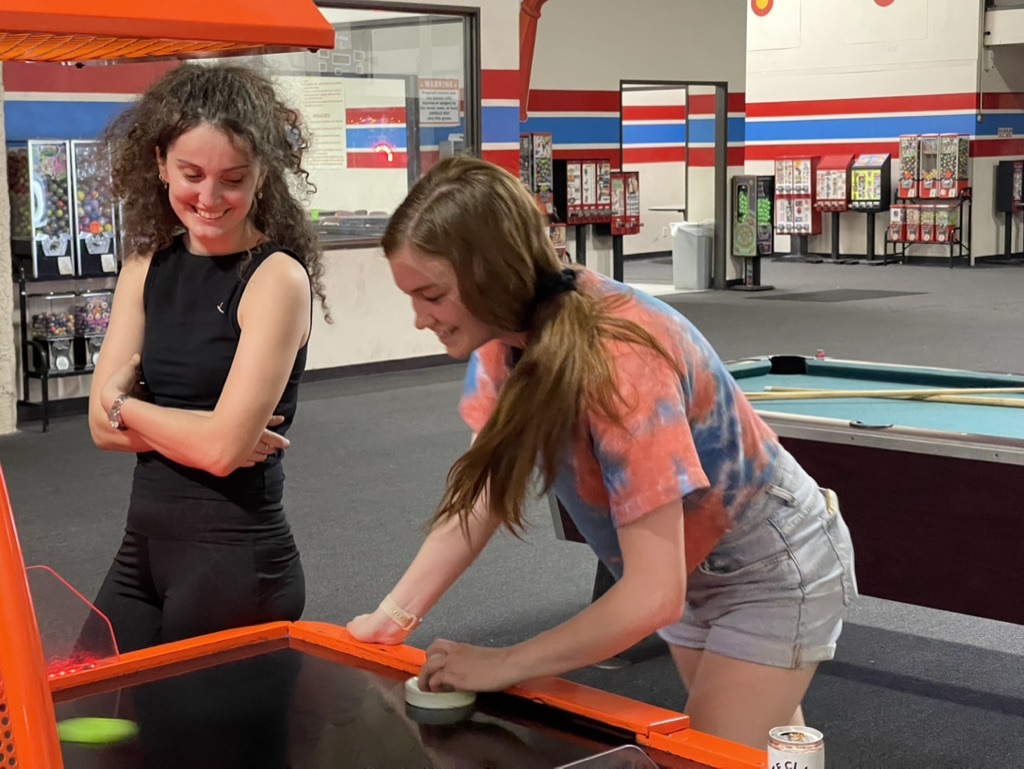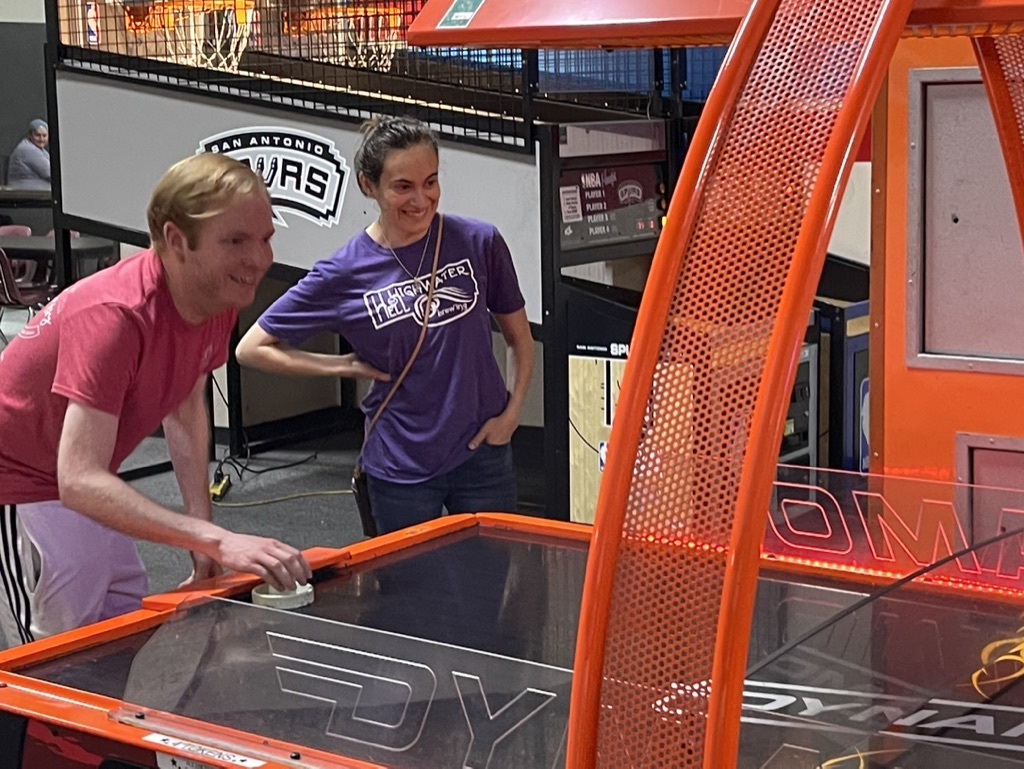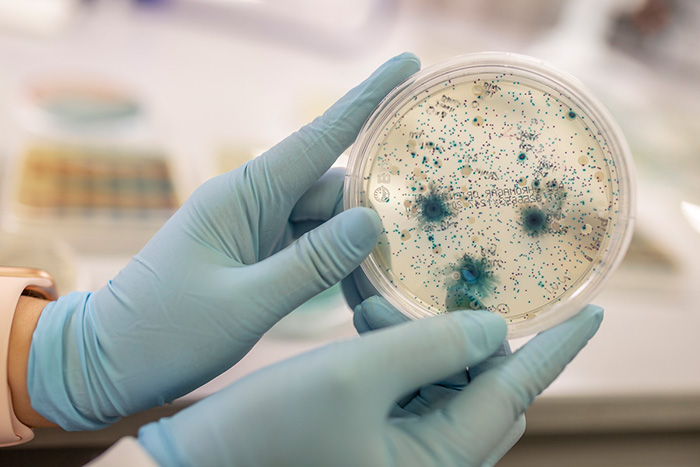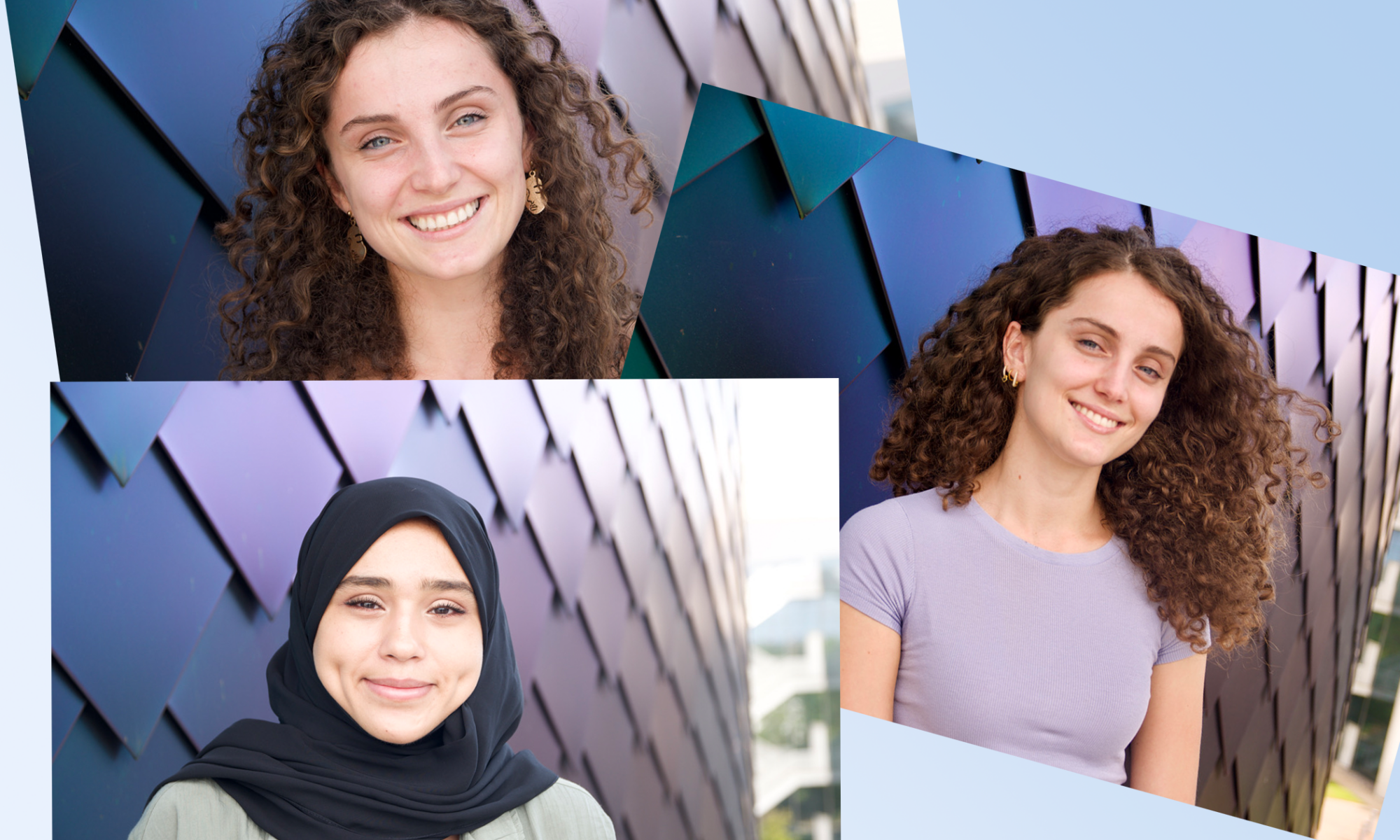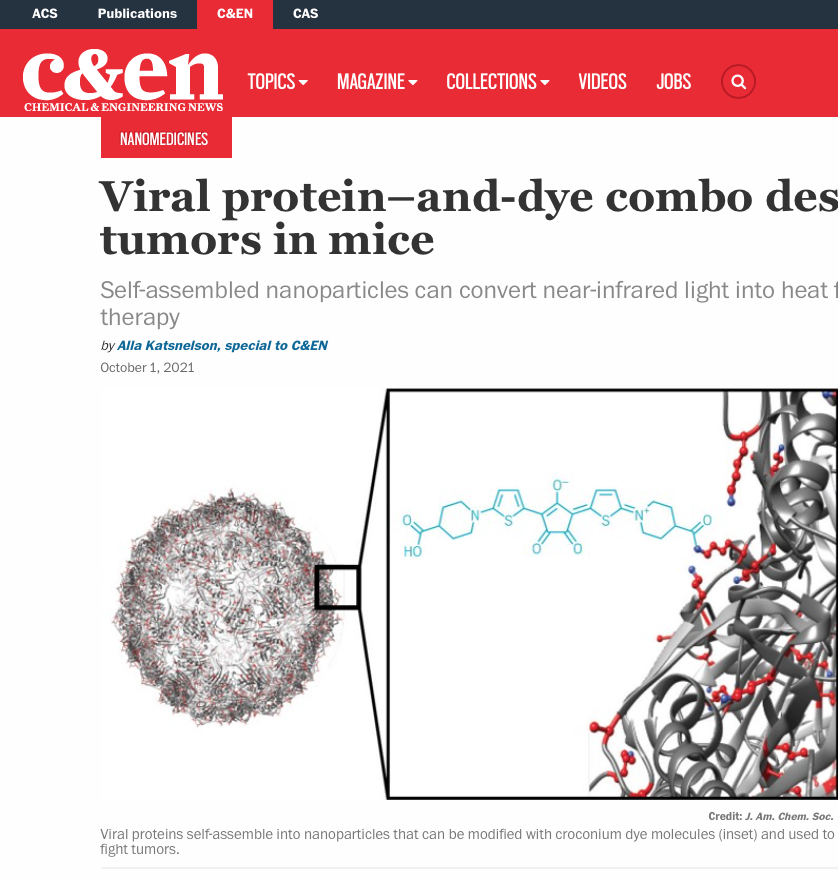 The last student in my cohort of five has left, and two more are preparing to follow. The group is shrinking, just in time for my promotion to full professor. I’ve enjoyed having Ryanne, Thomas, Laurel, Sneha, and Shailendra in the lab, and it’s been deeply rewarding to watch them grow into capable scientists.
The last student in my cohort of five has left, and two more are preparing to follow. The group is shrinking, just in time for my promotion to full professor. I’ve enjoyed having Ryanne, Thomas, Laurel, Sneha, and Shailendra in the lab, and it’s been deeply rewarding to watch them grow into capable scientists.  Mentoring students during, perhaps, the final formative stage of their independent lives has given me a unique perspective. Before they move on—starting families, building careers, still a bit naïve to the skullduggery of middle age—there’s a real sense of possibility.
Mentoring students during, perhaps, the final formative stage of their independent lives has given me a unique perspective. Before they move on—starting families, building careers, still a bit naïve to the skullduggery of middle age—there’s a real sense of possibility.  Our twenties are a strange time: striving for independence in a world that still sees us as kids, yet is quick to deny the grace and security offered to them. It’s a period when many confront—and either overcome, or come to uneasy terms with—the insecurities rooted in childhood. Watching students navigate this stage has been both humbling and gratifying. It lets me relive that age again and again, reflect on how I might have handled it differently, and realize what my own mentors got wrong—or, more often, right.
Our twenties are a strange time: striving for independence in a world that still sees us as kids, yet is quick to deny the grace and security offered to them. It’s a period when many confront—and either overcome, or come to uneasy terms with—the insecurities rooted in childhood. Watching students navigate this stage has been both humbling and gratifying. It lets me relive that age again and again, reflect on how I might have handled it differently, and realize what my own mentors got wrong—or, more often, right.
 These are the memories I always hoped to make, and it’s been the privilege of a lifetime to experience them while growing
These are the memories I always hoped to make, and it’s been the privilege of a lifetime to experience them while growing  alongside my students. I began as an assistant professor eager to make my mark. It doesn’t feel long ago that I was touring what would be my lab space with Gabe and the late John Ferraris (the featured image above). Now, as a full professor, I’m more focused on keeping the funding steady and committee work at bay. Over time, I’ve come to value privacy over recognition. With my social media presence dwindling, I almost look forward to being a bit forgotten.
alongside my students. I began as an assistant professor eager to make my mark. It doesn’t feel long ago that I was touring what would be my lab space with Gabe and the late John Ferraris (the featured image above). Now, as a full professor, I’m more focused on keeping the funding steady and committee work at bay. Over time, I’ve come to value privacy over recognition. With my social media presence dwindling, I almost look forward to being a bit forgotten.
In my own twenties, I never would have imagined any of this. Back then, I wrote an intensely popular blog—thechemblog—drawing thousands each day to read the angst-ridden, emotional vomit I felt compelled to share.  Then came Twitter—a platform full of troublemakers and problems, dressed up as a place for collaboration and solutions. Looking back, I realize no one really needed to hear what I had to say. I just needed to say it. I was fortunate to have advisors, mentors, and friends who were willing to listen. Though some are gone, what they taught is still with me…
Then came Twitter—a platform full of troublemakers and problems, dressed up as a place for collaboration and solutions. Looking back, I realize no one really needed to hear what I had to say. I just needed to say it. I was fortunate to have advisors, mentors, and friends who were willing to listen. Though some are gone, what they taught is still with me…
Now, though, I’ve found something far more rewarding in listening than in speaking—hearing what these students need to express, what they believe the world should know. Listening as others once did for me, trying to guide without judgment.
Life on the other side of the desk has been both rewarding and painful. But seeing so many students leave—hooded, smiling, prideful—if it has meant anything, it’s been fulfilling to watch myself evolve and grow alongside them. I still feel as though I’m being mentored, though now it is by my own mentees—a younger generation with so much to say, and far too few people willing to truly listen.
